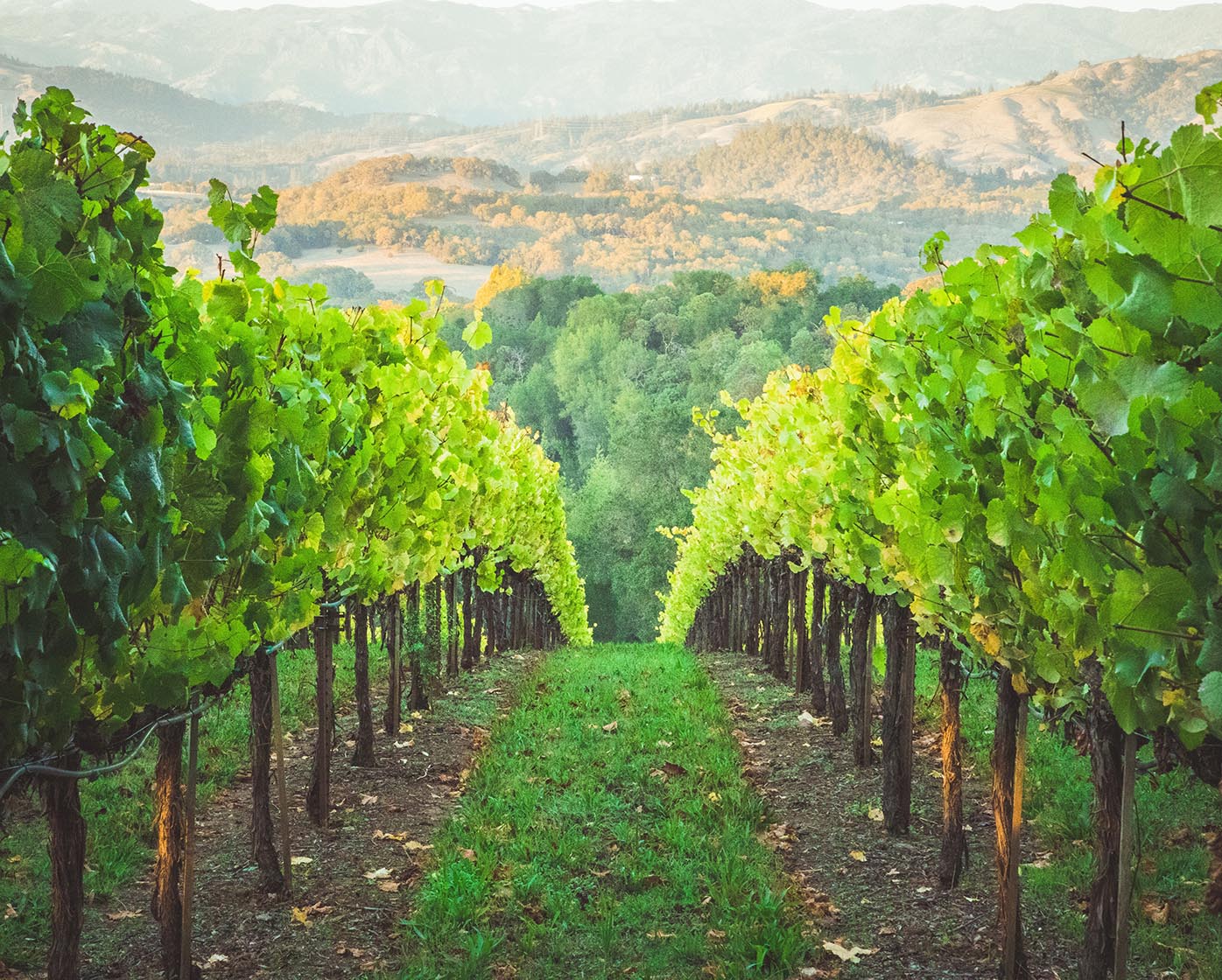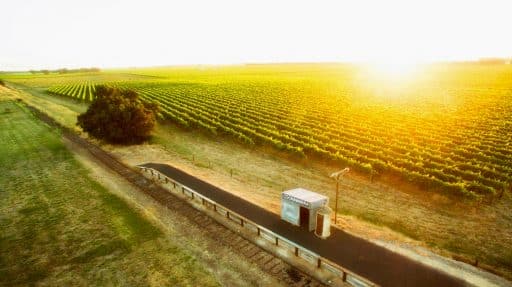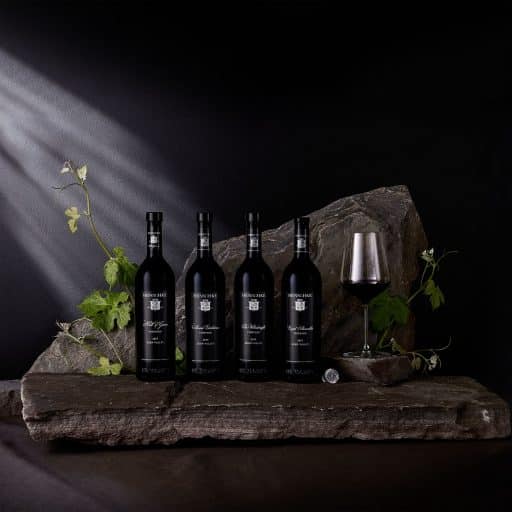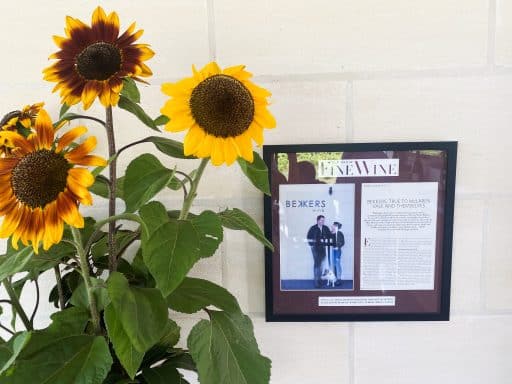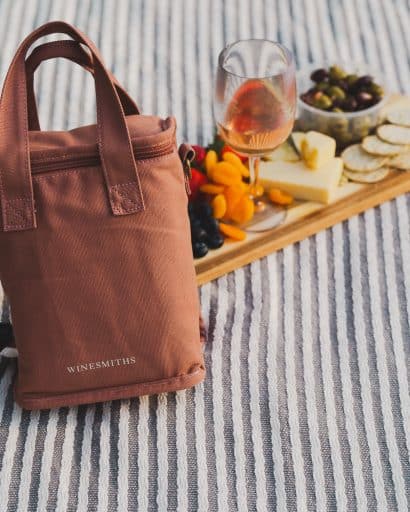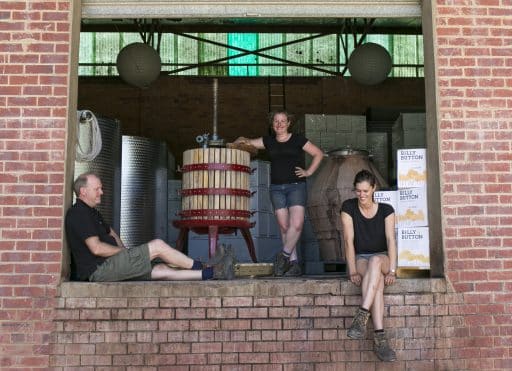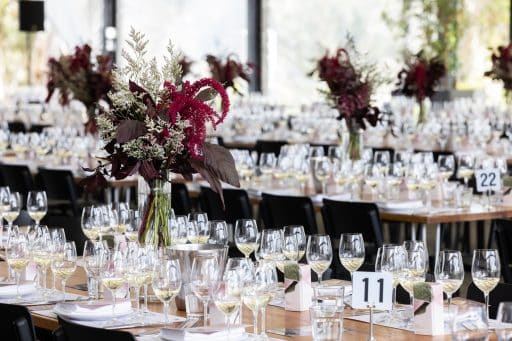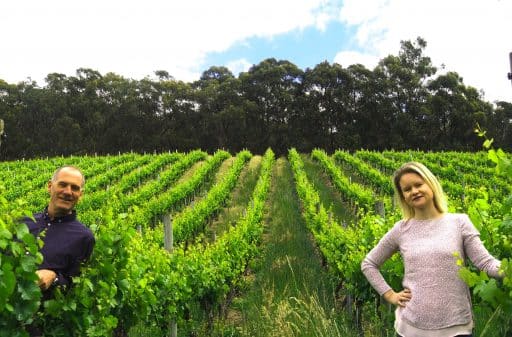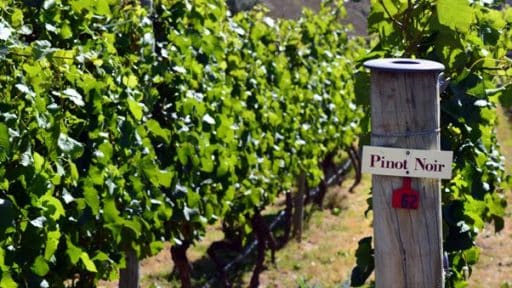I learned a lot about wine during lockdown.
I already knew a bit. It’s probably fair to say I knew a lot – thousands of dollars spent on formal education about a drink.
This time the lessons were free.
In March, when COVID-19 forced thousands of hospitality workers into suspended employment, I threw myself into an essential worker role in a very different industry.
When you work in wine and food, most of the people you hang out with also work in wine and food. There’s a special language. It sounds kind of like English, but is stuffed to the brim with words like ‘terroir’ that struggle to find concise definition. Suddenly my conversations about wine changed from topics like soil types, the age of oak barrels and clones (I am not talking about Star Wars) to an air of awe, confusion and bemusement about the world I came from.
I was surrounded by people who drink wine just because it tastes really good (and maybe helps then to feel a bit more relaxed).
I know that sounds bizarre, why else would you drink wine? But when you work with wine it can feel like a conquest. You need to keep up to speed with new producers, new varieties, have tasted all the trendy styles. And then there are the rock star winemakers – not actually musicians (although there are a few). These are the producers that make expensive, hard-to-get wines. Being able to talk about their wine keeps you in the club. You tick them off like childhood scout badges; sometimes forgetting to enjoy the wine in your effort to carve a crystalline memory.
In the nine short years since deciding I liked wine enough to study it, I had become a bit of a wanker. There was no time to wallow though, I had acquired a group of thirsty health professionals with a lot of spare time on their hands.
Through a hastily formed wine club, some of the mystery of wine was revealed. There was delight when the flavours I described were recognised. There was bravery as people embraced new grape varieties and styles of wine they had never heard of. In the drab, socially distanced lunchroom, we would talk about what we drank the night before – it was a refreshing mix of well-known brands at sub-$30 price points. Some people began to text me photos from the bottle shop asking for advice. I was sent photos of some of the most unusual food and wine pairings I have come across but apparently they tasted great – steak with Moscato, why not?
My colleagues taught me that the most powerful thing about wine is the way it connects us.
As the situation deteriorated in Melbourne and COVID-19 case numbers soared, we became isolated from our friends and family and wine became our shortcut to connection.
I learnt that what really counts is whether a wine is delicious; and it often tastes more delicious if you have a connection to it or know the story behind it. Rarely does it matter if the wine on the tables pairs perfectly with the food. What is important is that it is fuelling conversation.
My colleagues learnt a little from me too. Wine is never as simple as “the best one under $30”, or “how not to buy a dud at the bottle shop”.
What you need to know about wine is what you like, and how to describe what you like. That might be as simple as a few key grape varieties; but to reliably get a wine you love, it helps to delve into a little more of the juicy language. It helps to read an engaging tasting note while drinking the wine. Connect the language to the sensations in your mouth and make a few notes about why you liked it. Was it refreshing? Or rich? Or fruity? Did it make your mouth water? Or did you like the way the tannins felt dry on your tongue?
Everyone can learn how to taste wine, or become better at it. As a bonus, tasting is a very mindful practice. You can train your sense of smell and taste through practise, the same way your body learns to do difficult physical tasks through muscle memory. One of the best ways to approach it doesn’t involve wine at all.
As we come into summer in Australia, it’s the perfect time to experiment. Buy different kinds of berries and smell them, really inhale the aromas. Put them in your mouth and roll them around; feel the sensation of the skin, before piercing it and allowing the juice to splash onto your tastebuds. Try a fresh strawberry next to one that has been cooked and focus on the difference in flavour. Repeat with stone fruit, mangos and pineapples, explore all the flavours you can find. Empty your nanna’s pantry and taste different baking spices next to each other. Go to the beach and smell the seashells on the shore, taste the water, notice how the sand smells different in the cool of the morning versus the heat of the day. Allow yourself to play in the language of wine.
Smell is the sense most closely linked to memory. Sometimes it just needs a little help making the connection.

